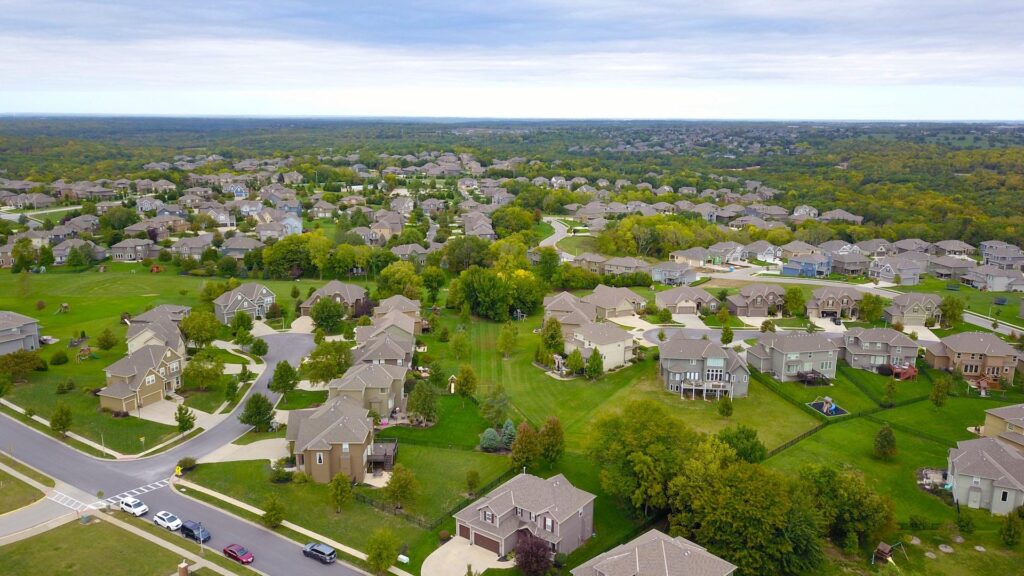Trending: Here are some Business Statistics and Trends to know
|
Getting your Trinity Audio player ready...
|
Recent data reveals that, in 2023, homeownership has become the least affordable it's been since 1984. This troubling trend has left many prospective buyers facing significant financial hurdles when entering the housing market.
Analyzing the Affordability Over Time
To provide a comprehensive perspective on home affordability, researchers at Black Knight, a mortgage technology and data provider, conducted an in-depth analysis.
They scrutinized home prices, interest rates, and income levels from as far back as 1975. This comprehensive dataset allowed them to calculate the monthly mortgage payment required to purchase the median-priced home, assuming a 20% down payment and a 30-year fixed-rate mortgage.
Alarming Mortgage Payment Requirements
The results were stark. Today, aspiring homeowners need to make a monthly mortgage payment of $2,423 to purchase the median-priced home (factoring in a 20% down payment and a 30-year fixed-rate mortgage).
This figure represents the highest mortgage payment requirement ever recorded and signifies a staggering $1,155 increase, a 91% surge, over the past two years.
Understanding the Drivers
Economists point to Treasury yields as a key driver behind this rate surge. Last week's spike in Treasury yields reflects concerns about ongoing economic resilience and the persistence of stubbornly high inflation.
These factors have contributed to the escalating mortgage rates, impacting both current and potential homeowners.
A Strain on Median Income
This elevated payment corresponds to 38.3% of the median monthly household income. It's a concerning milestone, marking the highest share of median income necessary to acquire the median-priced home in nearly four decades, dating back to 1984.
To put this into context, over the past 25 years, on average, it has only taken 24% of the median income to purchase a median-priced home, a remarkable 14 percentage points lower than today's requirement.
Complex Housing Dynamics
Despite a lack of robust demand, U.S. home prices have experienced a remarkable surge in recent weeks.
This trend is driven primarily by a persistent shortage of existing homes available for sale, a dynamic that has remained unchanged during the traditional spring homebuying season when more homes typically enter the market.
Skyrocketing Mortgage Rates
Compounding the challenge, 30-year fixed mortgage rates have reached a staggering 7.23%, a 22-year high of 7.23%. This significant rate increase has further strained the budgets of potential homebuyers, leaving them with limited options in a competitive market.
Redfin CEO's Concerns
Redfin CEO Glenn Kelman recently underscored the stark reality of home prices in certain markets. He emphasized that many Americans would be surprised by how little $1 million can buy in today's real estate landscape. These rising costs are forcing many to reconsider their homeownership dreams.

A Sobering Conclusion
To restore home affordability to long-term averages, Black Knight's analysis indicates the need for a 27% reduction in home prices, a drop of over 4 percentage points in 30-year rates, or a 60% boost in median household income.
The most probable solution, however, involves a combination of these measures, presenting a formidable challenge for policymakers, real estate professionals, and prospective homeowners alike.
The future trajectory of the housing market remains uncertain, but addressing these pressing affordability issues will be a pivotal factor in shaping its course.



